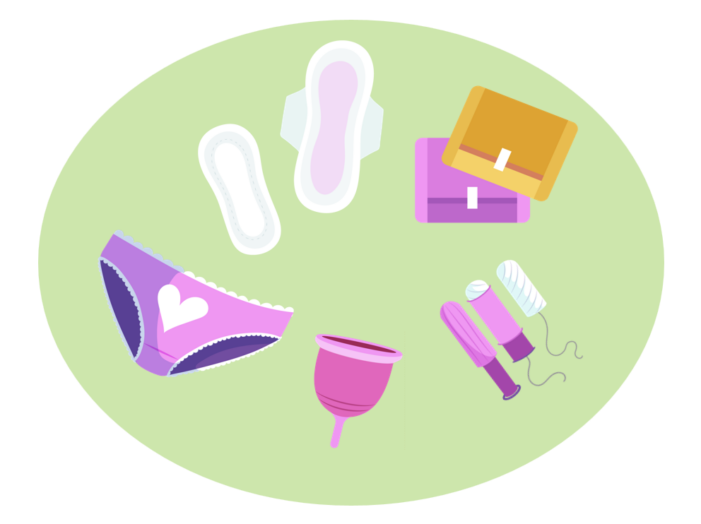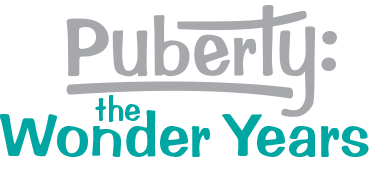What Is Menstrual Education?
Menstrual Education is a subset of sex education. Sex education teaches people about their bodies and their relationships so they can make informed decisions for their sexual health and develop into sexually healthy adults.
Dennis Dailey, PhD developed the Circles of Sexuality to illustrate the many aspects included in one’s sexuality. It is much more than just anatomy, reproduction, or sexual behavior. When teaching sex education, many topics are included as illustrated by the 8 Key Concepts of Comprehensive Sexuality Education. Menstrual education intersects with each of these topics.
Why Is Menstrual Education Important?
Half of the world’s population menstruates at some time in their life. Everyone knows and loves someone who menstruates. Therefore, all students need to be included in lessons about menstruation, not just girls. In addition, transgender boys and some nonbinary students also menstruate and need to be included in menstrual education.
By including all students, we can eliminate the stigma that too often surrounds menstruation. That stigma results in shame and silence for those who menstruate. It even reduces school and work success when menstruators feel embarrassed and avoid going to school and work during their period.
Many inequities exist because menstruation is not understood and supported. Period poverty is a reality for many students who menstruate and cannot afford the monthly expense of buying period products. Stigma prevents many students who menstruate from fully participating in their education and other activities, handicapping their chances of success. The stigma and shame is also a negative impact on mental health. By teaching menstrual education, we can promote menstrual equity and student success.
What Do Students Need to Be Taught About Menstruation?
Menstrual education, like all health education, needs to teach knowledge and skills. Teaching the facts about menstruation is important for increasing understanding and eliminating silence and stigma. In addition, teaching skills ensures that students can manage their periods positively and support others who are menstruators. These are a few of the skills that students need to manage menstruation:
- Asking for adult help
- Accessing resources
- Personal hygiene practices
- Problem solving

What Does Menstrual Education Look Like?
It is…
- Age appropriate
- Inclusive
- Interactive
- Skills-based
- Curriculum with a scope & sequence
It includes…
- Anatomy = what it looks like
- Physiology = how it works
- Function = how to manage it
- Practical = useful to the individual
How Does Puberty: The Wonder Years Teach Menstrual Education?
Use Puberty: The Wonder Years to teach all students about menstruation in a positive way. These lessons teach about menstruation:
- “Puberty in Female-Bodied People”: Lesson 4-5 for grade 4
- “Puberty and the Female Reproductive System” and “Reproduction”: Lessons 5-3 and 5-4 for grade 5
- “How My Body Works”: Lesson 6-3 for grade 6
Additional support:
- Menstrual Equity, Puberty: The Wonder Years
- Puberty Books, Free book lists provide books about puberty, including periods
- Healthy Habits for Personal Hygiene During Puberty, Puberty: The Wonder Years
- Menstrual Hygiene Day, Puberty: The Wonder Years



